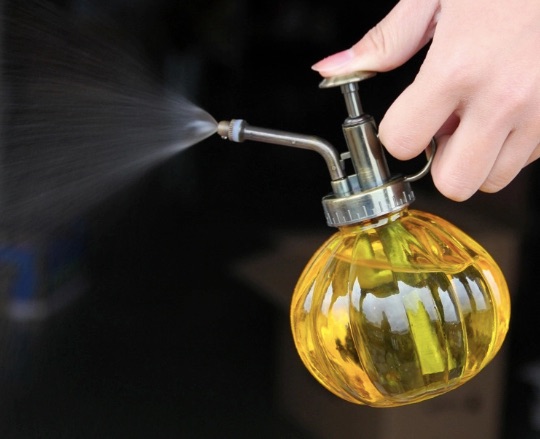Microscopic sensors in a spray bottle

Right now, researchers can determine whether their sensors have come in contact with certain particles only after the fact - by collecting the chips and hooking them up to electrodes. These electrodes test how easily electric current flows through a chip's chemical detector, which reveals whether it touched a particular chemical after it was sprayed. But future sensors could emit light signals when in contact with target particles, says study coauthor Michael Strano, a chemical engineer at MIT....
Unlike silicon-based devices that might pose environmental or health hazards, the polymers and the minute amounts of 2-D materials used to make the new devices are expected to be more biofriendly, (says researcher Kourosh Kalantar-Zadeh).
"Colloidal nanoelectronic state machines based on 2D materials for aerosolizable electronics" (Nature Nanotechnology)